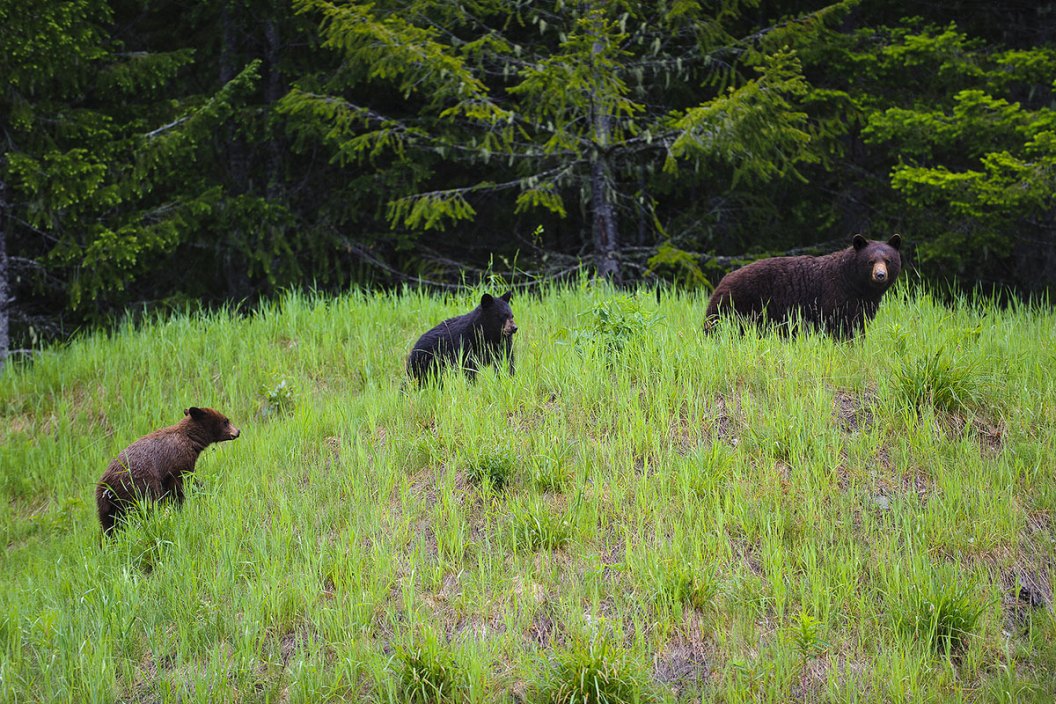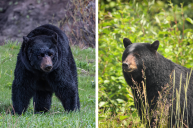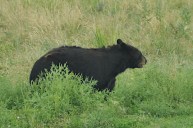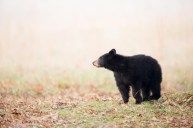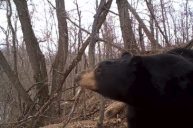Did you know black bears can live well into their twenties or even thirties?
Black bears - ursus americanus - roam much of North America, from as far north as Alaska and Canada through the United States and into northern Mexico. The Kermode subspecies is found in British Columbia. While black bears can survive in most habitats with a food source, they're most commonly found in forested areas.
These omnivores typically feed on carrion, larvae, berries and fish.
Life Cycle of Black Bears

Mating season for black bears peaks in May and June, but delayed implantation of the embryo doesn't occur until the fall when adult females head into their winter dens for hibernation. This process is common to all species of bears and allows the sow's body to maintain fat reserves until it deems food availability sufficient for gestation.
They'll have cubs each year if the food is there but skip a year or two if not. Litters can range from one to five black bear cubs.
While black bears are responsible for the predation of many other species, they have no natural predators themselves, outside humans and other bears. Because of this, they tend to live longer than other wild animals, and female black bears can roam free well into their twenties if they can survive through the juvenile stage.
Between 25 and 50 percent of all cubs die before they're one year old, and a quarter die when they're yearlings. Nearly 20 percent of females die before the age of 4, but adult males tend to expand their home range and consequently 46 percent die before they're 4 years old. The average lifespan for the American black bear is the mid to late teens.
Beyond hunters and other adult black bears, the most common causes of death for these hibernators include starvation due to limited food sources, falling trees in national parks, collisions with cars and, infrequently, parasites or disease.
The oldest wild black bear on record, a female in Minnesota, died in 2013 at 39 years of age.
NEXT: THE 5 BEST BLACK BEAR HUNTING STATES
WATCH
